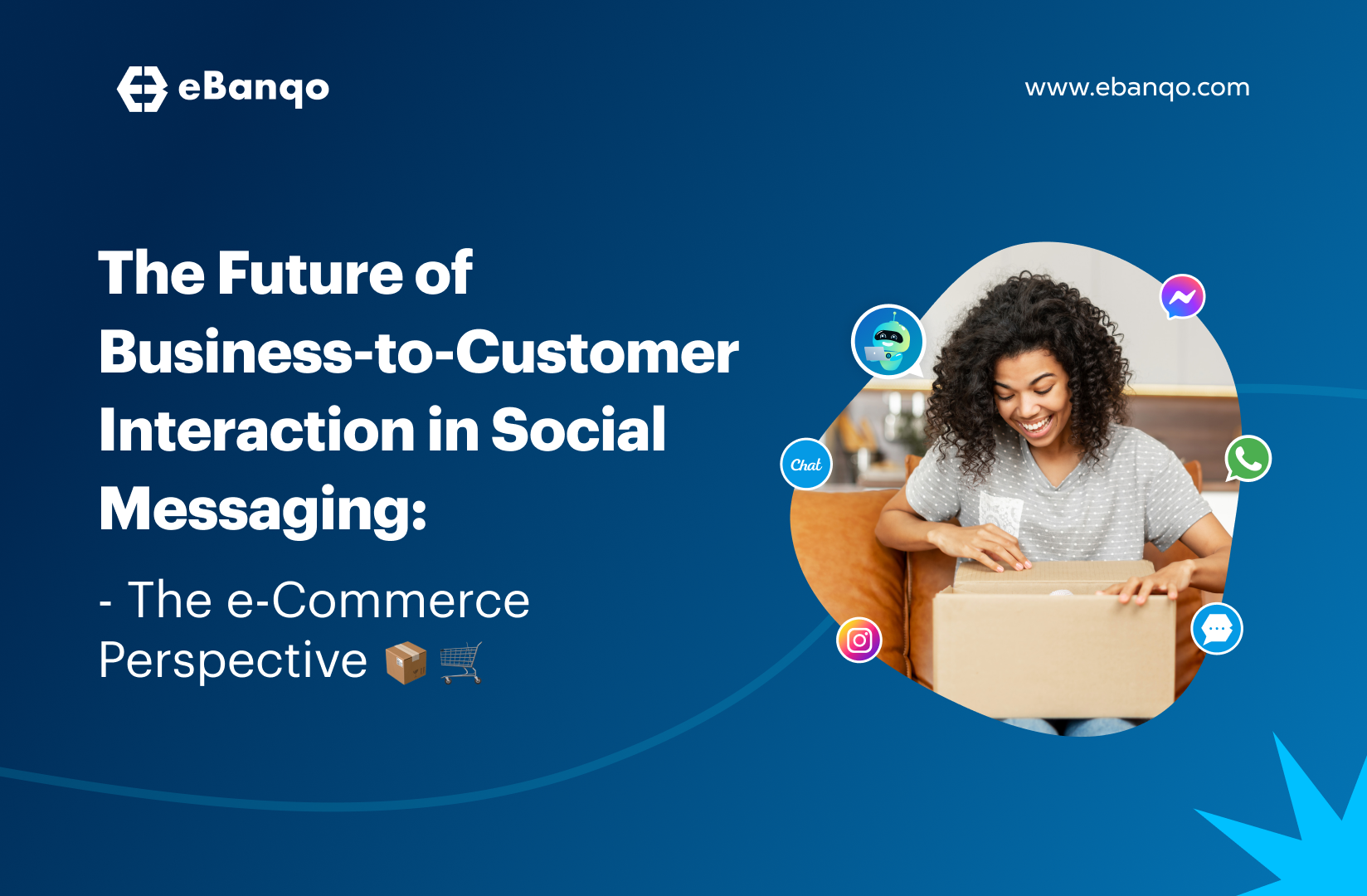
Interactive Chatbots are the new black. They are everywhere and it seems like everyone has one. But not all chatbots are created equal. There is a broad spectrum of chatbots, ranging from simple FAQ bots to virtual assistants with basic AI functionality and even sophisticated programs that can understand natural language input and react accordingly. In fact, several brands have launched interactive conversational experiences for their customers through digital assistants or chatbot apps that users can access directly through SMS or an app. There’s no denying that this technology is here to stay, but creating an interactive chatbot isn’t as straightforward as you might think. If you want your bot to be successful and serve its purpose effectively, you need to create an effective conversational UX first. Read on to find out what you need to know about creating a chatbot and how you can get started today!
How does a chatbot work?
A chatbot is a computer program that uses artificial intelligence to simulate human conversation. Chatbots are programmed to respond to a specific set of instructions or facts. They can be programmed to perform certain tasks, such as booking flights, processing orders, solving resolutions, etc. Most chatbots are powered by machine learning algorithms and natural language processing so that they can improve their functionality over time based on user feedback, or by accessing additional information from databases. A chatbot can be accessed in a number of ways, like through an app, through a website, through SMS, or through an Amazon Echo. The most popular methods are through apps and SMS because they are accessible to the largest number of users. Amazon Echo devices can also be used to access some chatbots through a feature called Alexa Skills.
Why is creating an interactive chatbot important?
According to a study by Cisco, the amount of internet traffic generated by people talking to computers will exceed 50% by 2022. This means that we will rely on conversational interfaces like chatbots to accomplish our tasks more than ever before. Creating an interactive chatbot is important because it creates an experience for customers that is more flexible, personalized, and convenient than a typical web or mobile app experience. Some of the important advantages include the following;
- Visually impaired customers can have a computer read them information from a chatbot interface, or customers can use a chatbot to quickly get their questions answered or accomplish specific tasks.
- Interactive chatbots boost customer engagement which paves way for higher ROI (Return in Investment).
- Interactive chatbots help improves customer satisfaction and retention by giving people more personalized and convenient experiences.
What does a successful interactive chatbot look like?
Before you jump into building your interactive chatbot, you need to decide what your chatbot’s purpose is. What are you trying to achieve with this bot? What are the goals and objectives? Once you know what you’re trying to achieve, you can start designing the actual bot. You need to make sure that your chatbot is solving a real problem for your customers. Your chatbot has to provide some kind of value or utility. What does your bot do for your customers? How does it improve their lives? How does it solve their problems? A successful chatbot also has a great conversational flow.
Each step of the conversation has to be thoughtfully designed and can’t be clunky or confusing. A successful chatbot also has a visually appealing interface that is also easy to interact with. Your bot’s visual design and user interface are very important because they set the tone for the entire conversation.
4 Steps To Creating An Interactive Chatbot
Step One: Customer research
This is the customer research phase. You need to know who your target customer is and what they care about. You also need to understand their current pain points and what problems they are trying to solve. The goal isn’t to create just any bot, not a robotic one anyway. This will help you create a better interactive experience for your customers by addressing their specific needs and providing them with a solution to their problems. You also need to understand your customers’ preferred mode of communication. This can help you determine whether you should create a chatbot or a voice-based bot. After you understand your customer and their business needs, it’s time to get to work designing your bot.
Step Two: Build your conversational UX
To build your conversational UX, you need to understand the different types of dialogue windows and choose the one that best fits the type of interaction you want to create with your bot. There are different types of dialogue windows that can be used for bots. Some of these include a card-style interface, a message interface, a chatbot-style interface, or a voice-based interface. The type of interface you choose will depend on your bot’s function and what type of experience you want to create for your users.
Step Three: Build a conversational UI
The next step in building your bot’s UI is deciding how your bot’s user interface will look and function. The way your bot looks will heavily influence the way your users interact with it. Your interface will need a clear and effective design that will make your bot easy to use and understand. It will also need to be visually appealing enough to make your bot stand out from the rest. Once you’ve designed your bot’s user interface, you need to implement it. This will involve creating all the different parts of your bot.
Step Four: Add AI and machine learning capabilities
The major difference between a chatbot and a virtual assistant is the level of AI and machine learning capabilities. Once you have a basic chatbot that enables customers to accomplish specific tasks, it’s time to add some AI and machine learning capabilities to create a virtual assistant. This will allow your chatbot to understand customers’ natural language input. You can use several AI tools, like Dialog Flow, Watson Assistant, Amazon Lex, or Google Assistant API. These tools allow you to extract entities, tag parts of your bot’s dialogue and use machine learning to create more personalized and effective experiences for your customers. You can also use Natural Language Processing (NLP) tools, like Watson NLP, to build a more sophisticated bot that can understand customers’ intents and respond with natural language. If your bot uses a dialogue window that includes a text box, you can use NLP to extract the text the user has entered and use it to trigger the bot’s response.





